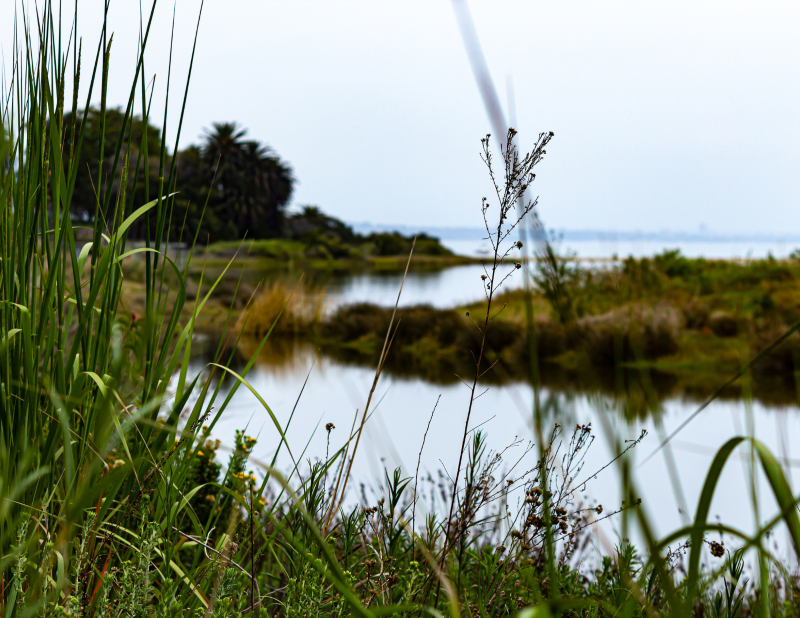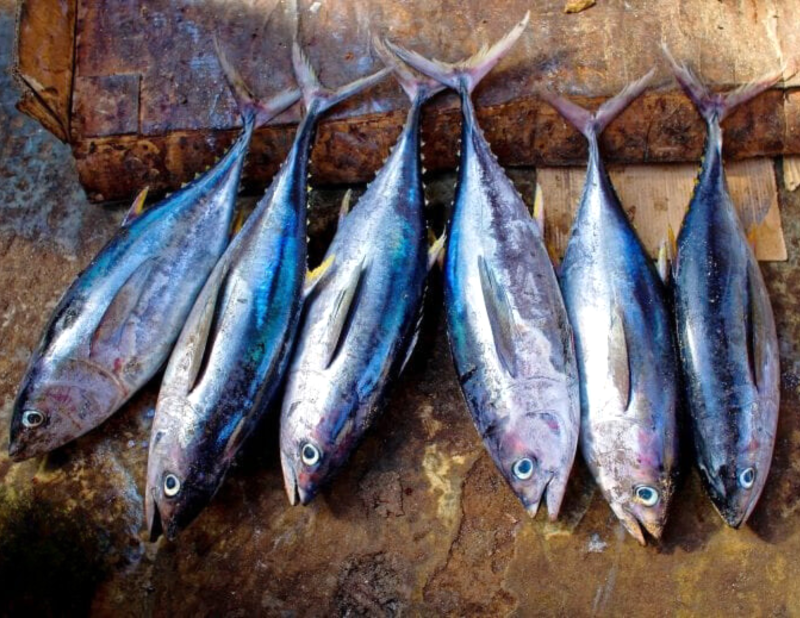San Diego County Ecosystems: Ecological Impacts of Climate Change on a Biodiversity Hotspot
IEMM's contributions to this project served to inform and develop a technical report that is part of California's Fourth Climate Change Assessment.
Led by Climate Science Alliance, a group of ecologists and climatologists evaluated the latest regional climate data. They then combined this with ongoing research on South Coast species and habitats threatened by climate change and other factors.
In this assessment, we considered how the region's ecosystems are influenced by climate change and human activities. This involved examining how factors like urbanization, shifts in land use, and fire patterns interact and potentially intensify due to a changing climate.
Our exploration focused on identifying climate adaptation strategies most pertinent to the region, aiming to mitigate the impacts of climate variability. Also, we presented several case studies showcasing successful adaptation projects implemented in San Diego's terrestrial ecosystems.
Additionally, we performed a needs assessment to pinpoint necessary scientific endeavors, such as long-term monitoring, climate modeling, and ecosystem modeling. These efforts will aid in detecting changes, managing adaptively, and planning for risks in the region.
More Climate Adaptation Science Projects

This project aims to enhance our understanding of the challenges facing Southern California's montane forests due to escalating threats worsened by climate change. Through multi-jurisdictional collaboration, we are identifying strategies to bolster forest resilience.







